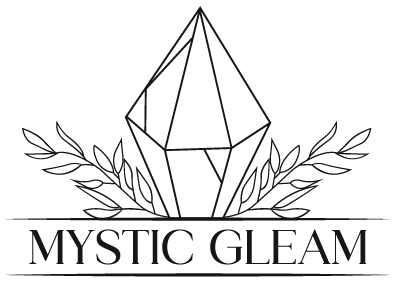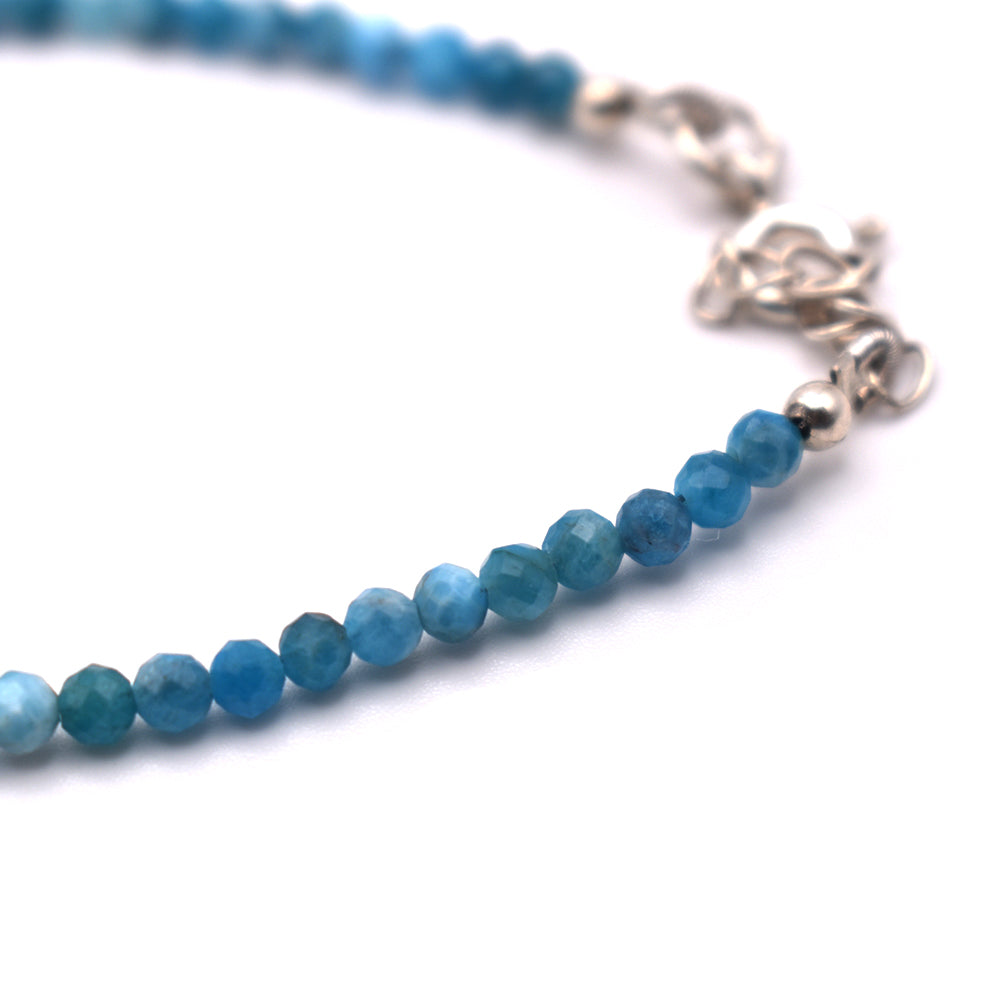
Top Spots Where Turquoise Is Found Globally!
Partager
Where Turquoise Is Found?
Key Takeaways
| Aspect | Details |
|---|---|
| Turquoise Regions | Found in various regions around the world, each offering unique qualities. |
| Quality Variation | Quality can vary greatly depending on the location, with some areas known for high-quality stones. |
| Historical Significance | Has been mined and valued for thousands of years, with a rich history in many cultures. |
| Uses of Turquoise | Used in various ways across cultures, from jewelry to spiritual practices. |
Turquoise is one of the most beloved gemstones in the world, prized for its vibrant blue and green hues. But where is turquoise found? If you've ever wondered about the origins of this captivating stone, you're not alone. In this blog post, we'll explore the various locations around the globe where turquoise is found, uncovering the geological secrets that make this gemstone so unique.
The History and Significance of Turquoise
Turquoise has been cherished for thousands of years, with ancient civilizations like the Egyptians, Persians, and Native Americans valuing it for its beauty and supposed protective qualities. This stone has adorned everything from royal crowns to sacred jewelry, and its significance spans across cultures and time. Understanding where turquoise is found in the world helps us appreciate not only its rarity but also the rich history behind this gemstone.
Timeline of Turquoise Mining History
3000 BC - Ancient Egypt
Turquoise was mined in the Sinai Peninsula and used in pharaonic jewelry.
500 AD - Persia (Iran)
Nishapur turquoise became known for its vibrant blue color and was highly valued.
1800s - United States
Turquoise mining began in the American Southwest, becoming a staple in Native American jewelry.
1900s - China
Where Is Turquoise Found in the World?
Turquoise is primarily found in dry, arid regions. These environments are ideal because turquoise forms as a secondary mineral in copper deposits that are subjected to specific conditions of weathering and oxidation. Here are some of the most notable regions where turquoise is most commonly found:
- United States: The U.S. is one of the most significant sources of turquoise, particularly in the southwestern states. Arizona, Nevada, New Mexico, and Colorado are renowned for their turquoise mines. The Sleeping Beauty Mine in Arizona and the Royston Mine in Nevada are famous for producing high-quality turquoise stones.
- Iran: Often considered the birthplace of turquoise, Iran has some of the oldest and most respected turquoise mines in the world. The Nishapur district in Iran is famous for its vibrant blue stones, which have been mined for over 2,000 years. This region is often hailed as where the best turquoise is found due to its deep color and fine matrix.
- China: China is another significant producer of turquoise. Mines in Hubei province are known for their wide variety of turquoise hues, from light blue to deep green. Chinese turquoise often features unique matrix patterns, making it a favorite among collectors.
- Egypt: The Sinai Peninsula in Egypt is one of the oldest known sources of turquoise. The mines here date back to the ancient Egyptians, who prized turquoise for its protective properties. Today, Egyptian turquoise is rare and sought after for its historical significance.
- Mexico: Mexican turquoise is typically found in the states of Sonora and Zacatecas. These stones are known for their beautiful greenish-blue hues and are a favorite for Southwestern-style jewelry.
- Tibet: Turquoise from Tibet is often characterized by its vibrant blue-green color and distinctive black matrix. Tibetan turquoise is cherished not only for its beauty but also for its cultural significance, as it is often used in traditional Tibetan jewelry.

Where Can Turquoise Be Found?
While the countries listed above are some of the most prominent sources, turquoise can also be found in several other regions around the globe. Countries like Afghanistan, Australia, and Chile have turquoise deposits, although they are less significant in comparison to the major producers.
Where Is the Best Turquoise Found?
The term "best" can be subjective when it comes to gemstones. However, if we're talking about quality, where is the best turquoise found? Many experts agree that Iranian or Persian turquoise is some of the finest in the world, known for its intense blue color and minimal matrix. However, turquoise from the Sleeping Beauty Mine in Arizona also ranks highly due to its pure sky-blue color and lack of veining.
Turquoise Uses Around the World
Jewelry
Turquoise is commonly used in rings, necklaces, and bracelets across various cultures.
Spiritual Practices
Many cultures use turquoise in rituals and as a protective stone.
Art and Decorations
Turquoise is used in mosaics, inlays, and other decorative art forms.
Cultural Symbols
Turquoise holds cultural significance in various societies, symbolizing purity and protection.
Turquoise Mining and the Environment
Mining for turquoise can be environmentally challenging. Most turquoise is found in copper mines, and extracting it requires careful attention to environmental impact. Ethical sourcing and sustainable practices are becoming increasingly important in the gemstone industry, ensuring that the beauty of turquoise doesn't come at the expense of the planet.
Where Is Turquoise Found Map?
For those who are visual learners, a map showing where turquoise is found can be incredibly helpful. Typically, these maps highlight the major turquoise-producing regions such as the southwestern United States, Iran, China, and Egypt. By looking at a map, you can get a better understanding of the global distribution of turquoise deposits and why it is so highly valued across different cultures.
Conclusion
Understanding where turquoise is found gives us greater appreciation for this stunning gemstone. From the arid mines of Arizona to the ancient quarries of Iran, each turquoise stone carries a piece of history and a story of its origin. So the next time you admire a piece of turquoise jewelry, you'll know a little more about the journey it took to get to you.







1 commentaire
thanks for the wonderful read!